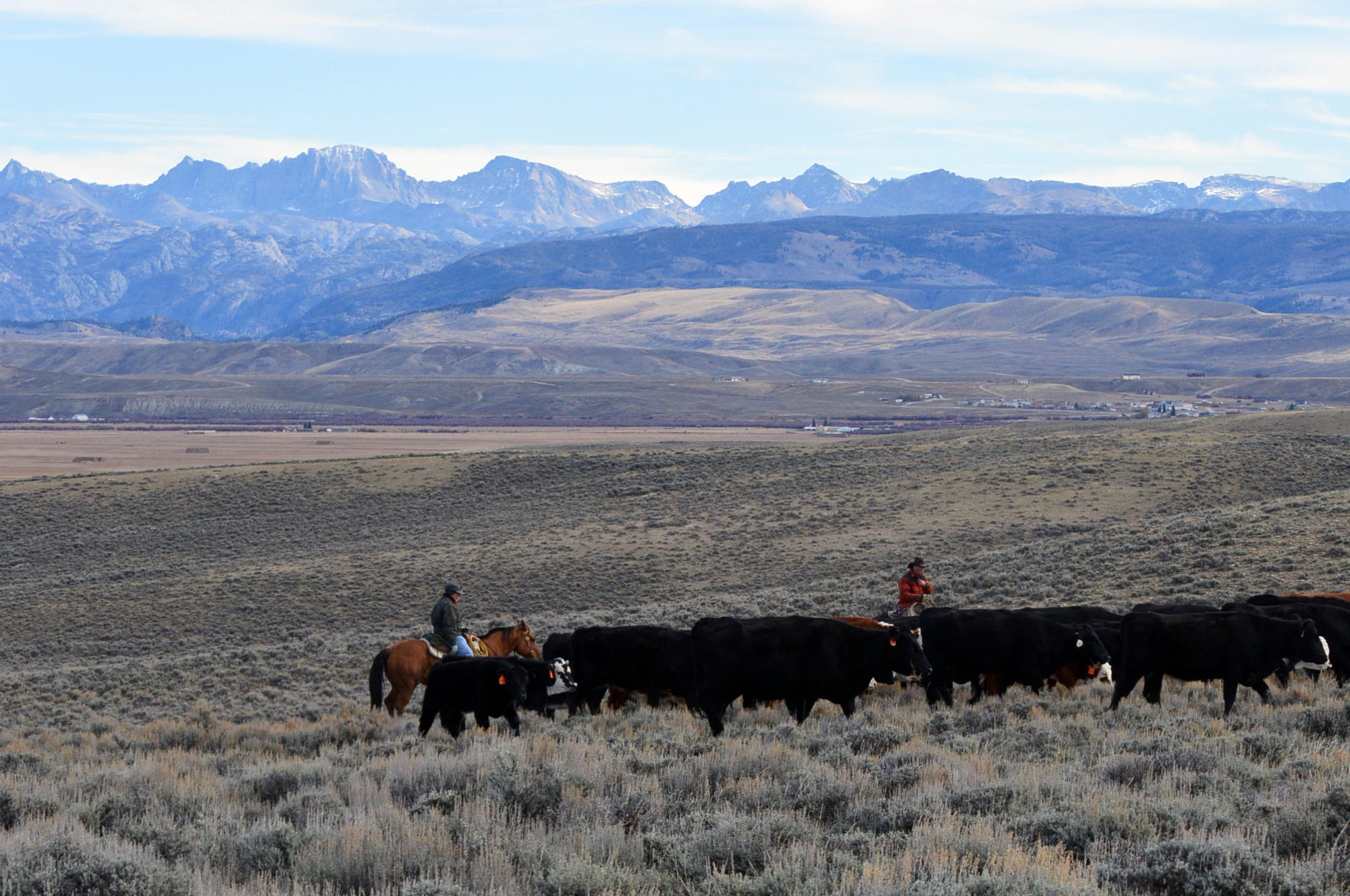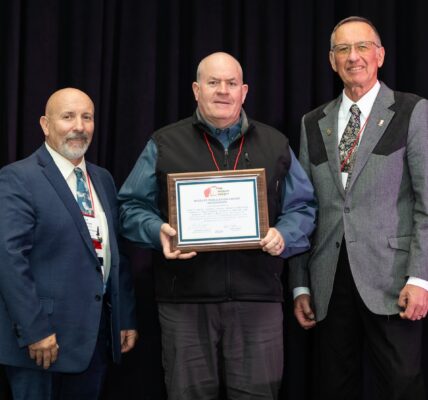By Mike Koshmrl
Jackson Hole News&Guide
Via- Wyoming News Exchange
JACKSON — Russ Lucas first noticed in mid-April that an unwelcome neighbor — wolves — were back on his family’s Spring Gulch cattle ranch.
The hindquarter of a calf, he recalled, had been bit into, and its hide peeled back. Seeing the severity of the wounds, the third-generation rancher knew exactly what had happened and what he needed to do.
“They tore him up bad enough, I had to kill him,”” Lucas told the News&Guide on Tuesday.
The conflict, which unfolded just 4 miles north of Jackson, traces to the abundant elk population just across Highway 89, where a vast ungulate winter range sprawls across the National Elk Refuge. Wolves, in turn, thrive on the same landscape, and almost invariably the large carnivores start wandering and looking for an easy meal when the elk start their migrations. They find it on private land just over East Gros Ventre Butte, where the Lucases, the Meads and owners of the Walton Ranch run cattle on some of the valley’s last remaining working cattle ranches.
The canine-bovine clash has reached a fevered pitch at times. In 2016 the refuge’s then-resident Pinnacle Peak Pack were being targeted by federal trappers employed by the U.S. Department of Agriculture’s Wildlife Services.
But the wolves were never entirely eliminated. And in the four years that have since lapsed the conflict continued, albeit with less fanfare.
Lucas knows firsthand. There’s been a single year in recent memory — 2018, he thinks — when the wolves failed to pay a visit. Their presence is more than a passing frustration for a family that has most of its land locked up in conservation easements and depends on its cattle income. Reimbursement payments, he said, aren’t guaranteed, such as when a calf or cow is too eaten up to confirm a cause of death or when an animal is injured while being chased or protecting its offspring.
Wolves have been a state-managed species since 2017, when a federal appeals court overturned an earlier ruling that had kept the species under the protective cloak of the Endangered Species Act.
Now it’s the Wyoming Game and Fish Department that manages the conflict in this portion of the Equality State.
Dan Thompson, who leads the agency’s large carnivore program, said solving the chronic Spring Gulch cattle conflict is not straightforward and that there’s an ever-changing ecological system at play.
Last winter, for example, the Huckleberry Pack displaced the Pinnacle Peak Pack from their longtime home range on the refuge. The newcomers could have been naive to the new prey source across the highway, leading to a lull in conflict.
That was not the case.
“Huckleberry and Pinnacle were both involved frequenting ranches and in depredations,” Thompson said.
Confirmed losses to date in 2020, Thompson said, are three calves and a grown cow, incurred on two ranches. Most of that has occurred over the last several weeks, though at this point the agency has no plans to lethally target the culprits.
“The agency control,” Thompson said, “we don’t usually go straight into that.”
Some Spring Gulch neighbors who value wolves in their backyards appreciate the restraint this spring. West Gros Ventre Butte resident Lisa Robertson said she wants to see the state strive for coexistence.
“They need a range rider out there, someone on guard,” Robertson said. “Game and Fish, as I understand it, has a mile of fladry.”
Fladry is a line with strips of fabric that flap in a breeze, and they’ve been a tactic for dissuading Spring Gulch wolves in the past. The Natural Resources Defense Council debuted the technique on the Walton Ranch in 2016, and though it worked for a time the organization left the valley and the wolves eventually returned.
Robertson said the Jackson Hole community ought to fill in the gaps — and she believes the appetite is there to do it.
“I think the public is very interested in helping anyway we can,” Robertson said. “As neighbors, we would love to help every way we can for alternative control measures.”






